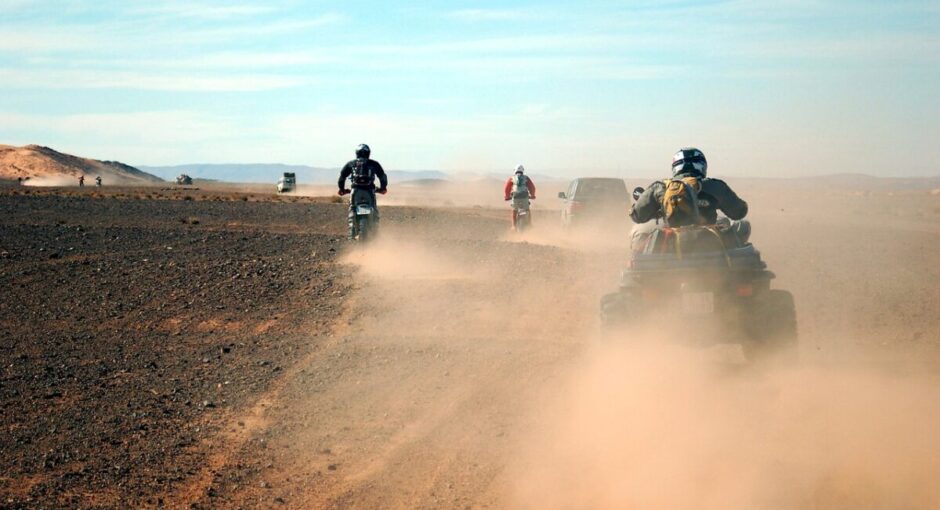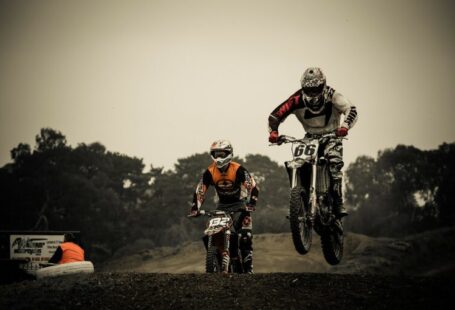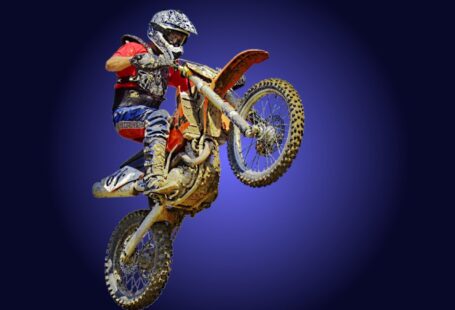When MD assembled the four 2007 600cc supersport machines produced by Japan, we again chose to focus on “real world”, i.e., street as opposed to track, evaluation. There are other publications that will tell you which bike gets around the race track a few tenths of a second quicker than the others. If that is your focus, by all means read those tests. If your 600cc sport bike of choice will be used primarily (perhaps even exclusively) on the street, we have here some nutritious food for thought . . . sprinkled with some spicy opinions and conclusions. Our prior articles on the all-new Kawasaki ZX-6R (here; Part One; and and Part Two) give you gear heads all the technical tidbits you can handle. Same goes for our earlier reports on the essentially unchanged-for-2007 Suzuki GSX-R600 (our tech analysis concerns the near-twin GSX-R750) and Yamaha YZFR6. Here we focus on living with these machines. To put things in context, we must remind you that the 600cc supersport class features perhaps the most thoroughly refined, state-of-the-art motorcycles produced. Why? A large part of it is production based racing of these bikes on both the national (AMA Supersport) and international (World Supersport) stages — where results can significantly bolster, and sometimes deflate, corporate image and pride. Think about it. Unlike MotoGP where the return on investment in one-off, exotic prototypes is purely promotional, the 600s offer the manufacturers the perfect opportunity to kill two birds with one stone. Those dead birds are showroom superiority in one of the most popular motorcycling segments (and the unit sales that flow from it) and race track success. This is why the supersport segment has moved very quickly from a tradition of mild updates every two years and model replacement/significant upgrades every four years, to the present norm which involves development of a entirely new bike every two years. Remarkable. This is a lengthy way of saying this . . . all of these bikes are excellent, but you can fall behind your competitors quickly. First Place – Honda CBR600RR The 2007 Honda CBR600RR really is an all-new machine. The weight savings, coupled with more aggressive steering geometry, result in a bike that flicks through corners as easily as any of the competition, and backs it up with an incredible motor. In fact, it is really the engine that makes this bike the winner of the comparison test. The Honda has smooth but punchy power, and it is delivered in spades down low — an area of the tach where 600s normally feel anemic. That strong low end is followed by a ripping mid-range and top-end. Is this the best street motor ever found in a 600cc supersport machine? We think it is, and riding the Honda back-to-back with the competition underscores this fact. Looking at the history of the class, all of these bikes feature excellent engines, but the Honda still stands out. The CBR600RR backs up the awesome motor and fly weight feel with typical Honda ergonomics — comfortable and friendly. Instrumentation is top notch, as well, with a logical layout and excellent contrast that make information highly legible. Honda even found a comfortable seat for its 600 this year! The new CBR600RR isn’t perfect, however, and Honda left itself room for improvement in a few areas. First, its decision to use a high-tech solution to engine braking (in the form of its intake-air control valve or IACV). Even though Alex liked this feature at his track test, it was almost universally disliked during street testing (particularly, by our more experienced riders). Indeed, our most experienced tester (who has several hundred thousand street miles and has won expert class roadracing series here in California) thought the IACV had minimal effect on engine braking, and complicated throttle control mid-corner (where the computer may be providing a small amount of throttle, whether you like it or not). Perhaps, this system can be refined for next year, but we think a traditional slipper clutch might be the answer. Honda’s other high-tech solution to a traditionally low-tech problem, i.e., headshake, also has some detractors. The CBR600RR does not have the best front-end feedback, and some of our testers blamed this, at least in part, on the HESD (electronic, computer-controlled steering damper). HESD undoubtedly does its job in taming the aggressive geometry of the new CBR600RR chassis when necessary, but the computer decisions about steering damping levels can leave the rider guessing how much steering resistence will be met in any given circumstance. Again, would a traditional, simple, linear, oil damped system be better? One other annoyance with the new Honda was our inability to adjust rear shock preload (even after being sent a spanner wrench by Honda — a wrench that didn’t work on the Honda, but worked on the Yamaha!) Do we care about its faults? Hardly. The Honda is nimble, easy to use, comfortable and its engine rips like no 600 should. Second Place (Tie) – Yamaha YZF-R6 As the winner of last year’s shootout, we were expecting big things from Yamaha’s essentially unchanged 2007 YZF-R6, and we were not disappointed. While the Honda has the engine category sewn up, Yamaha’s middle weight is still the standard against which all sportbike chassis and suspension should be measured. The handling of this bike floored us last year, and it is still the best available straight from the showroom. The R6 still combines quick, confident steering with rock steady stability — to the point where we wonder whether another manufacturer will be able to match it any time soon (although the Kawasaki comes close this year). Source: www.motorcycledaily.com



